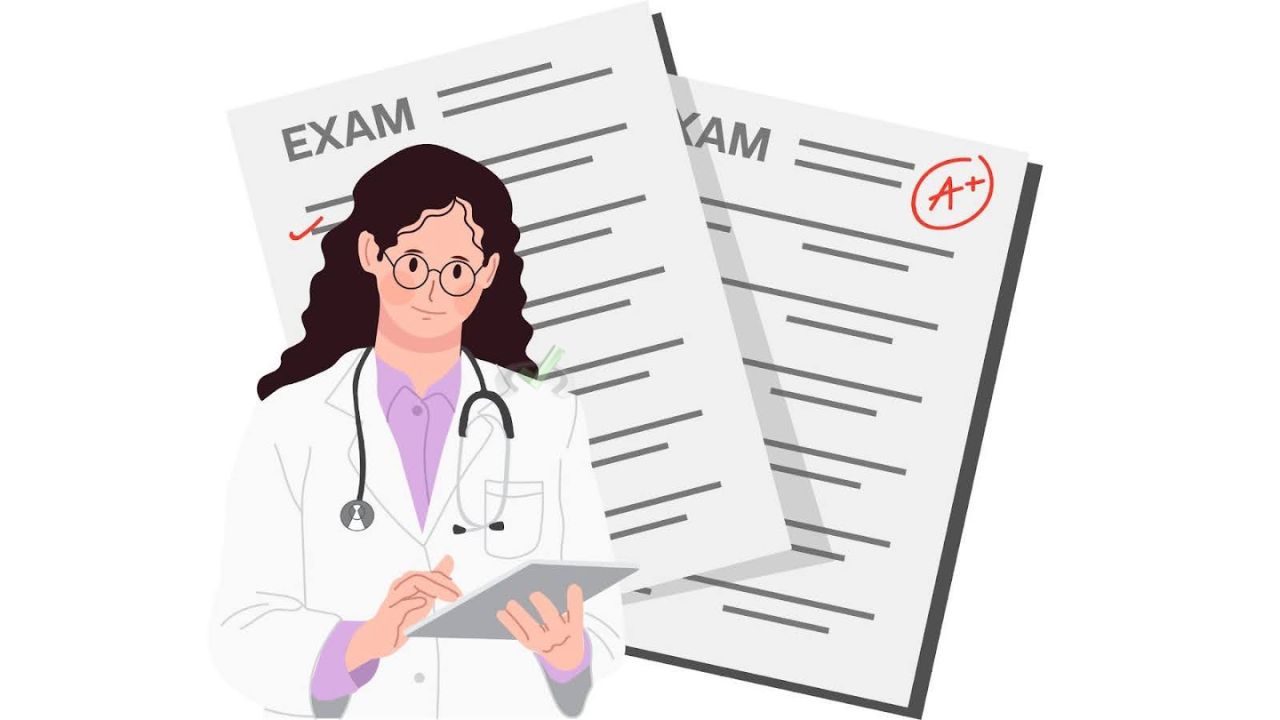
If you're looking to become a licensed nurse, understanding the NCLEX exam format is your first step toward success. The NCLEX exam format is designed to assess your ability to safely and effectively care for patients in various healthcare settings.
Getting familiar with it before your test day will help you feel confident and ready for whatever comes your way. This guide will walk you through everything you need to know about the NCLEX exam format so you can go into the exam room feeling prepared.
What’s the NCLEX Exam Format Like?
The NCLEX exam format is unique because it adapts to your performance during the exam. If you’re answering questions correctly, the system will increase the difficulty. But if you miss some, the questions will adjust accordingly.
It’s not a one-size-fits-all test. The format aims to measure your knowledge and skill level based on your responses, ensuring the questions you face are tailored to your competency level.
Key Features of the NCLEX Exam Format
Here are the main features you’ll need to understand to feel fully prepared:
Understanding the NCLEX exam format gives you a head start on your preparation. Let’s dive deeper into the structure and what you can expect from the test.

Understanding the Structure of the NCLEX Exam Format
The NCLEX exam isn’t just a test of knowledge. It’s a test of how well you can apply what you’ve learned to real-world situations. This exam covers several key categories, and understanding the breakdown of the test can help you focus on the right areas.
Subject Areas Covered in the NCLEX Exam
There are four major areas tested in the NCLEX exam format. These areas reflect the essential competencies a nurse needs to provide safe, effective, and holistic care to patients.
Each of these sections is crucial in providing comprehensive care to patients. Let’s now take a look at the different types of questions you’ll encounter in the NCLEX exam format.
Types of Questions in the NCLEX Exam Format
One of the unique features of the NCLEX exam format is the variety of question types you might face. Unlike traditional multiple-choice tests, the NCLEX incorporates several question formats to assess your critical thinking and problem-solving skills.
Here’s a breakdown:
The NCLEX exam format uses these varied question types to evaluate not just your factual knowledge, but also your ability to think critically and make decisions based on clinical scenarios.
Time Management During the NCLEX Exam
You’ll have 6 hours to take the exam, but managing that time wisely is key. Don’t let the clock get the best of you—focus on pacing yourself and answering the questions to the best of your ability. Here's how to manage your time effectively during the NCLEX:
Managing Your Time Effectively

What Happens If You Answer Too Many Questions Incorrectly?
The NCLEX exam is designed to be adaptive, meaning it stops when the system is confident that you’ve demonstrated either competence or lack thereof. If you answer enough questions incorrectly, the test will stop after a minimum of 75 questions, signaling that you’ve likely fallen below the minimum competency level.
On the other hand, if you continue answering questions correctly, you may reach the maximum number of 265 questions. This doesn’t mean you’re failing—just that the system needs more data to assess your competency accurately.Preparing for the NCLEX Exam Format
Knowing how the NCLEX exam format works is only half the battle. To truly succeed, you need to prepare effectively and practice under realistic conditions. Here’s how to get ready for the big day:
Focus on Test-Taking Strategies
Since the NCLEX exam format uses computer-adaptive testing, you need to practice smart test-taking strategies. Here are some tips to make sure you’re prepared:
If you're gearing up to take the NCLEX, you’ve got to subscribe to the NCLEX Daily Dose emails. Each day, you'll get a helpful tip, question of the day, or strategy that can improve your study habits and test-taking skills. It’s the perfect way to stay on track as you prepare for the NCLEX and feel more confident come exam day.
Use NCLEX Prep Materials That Mimic the Exam Format
The best way to prepare for the NCLEX exam format is by practicing with materials that closely match the real exam. Look for NCLEX prep books, mobile apps, and online courses that provide practice tests. These materials will give you an idea of what the actual exam will feel like and help you build the necessary skills.
You can also check out the NCLEX-RN content outline for the RN exam or the NCLEX-PN content outline for the PN exam. These resources will give you a deeper understanding of the test structure and help you prepare more effectively.Don’t Skip the Practice Questions
Practice questions are essential to understanding the NCLEX exam format. The more questions you answer, the more you’ll get used to the style of the test and learn how to apply your knowledge under pressure. Be sure to work through a variety of practice questions in all the areas covered by the exam.
Ready to take your NCLEX prep to the next level? Download your free NCLEX Cheatsheets to get quick access to critical information that will help you study efficiently and effectively. Don’t wait—grab your cheatsheets today and boost your NCLEX preparation!
Final Thoughts on NCLEX Exam Format
Understanding the NCLEX exam format is essential to feeling prepared for the big day. By knowing what to expect, how the questions are structured, and what types of content are covered, you can tackle the exam with confidence.
With effective time management, test-taking strategies, and a solid study plan, you’ll be ready to face the NCLEX and earn your nursing license. Stay focused, practice often, and trust in your ability to succeed.